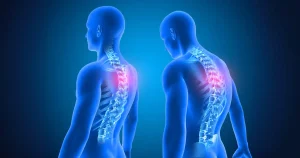
Despite their severity, people have overlooked the detrimental effects of poor posture for too long. As a professional chiropractor for over two decades, I’ve found that poor posture can lead to various health issues. These problems can affect breathing, digestion, chronic pain, mood, and life expectancy.
The hunched posture called “Quasimodo” is terrible for your body. It weakens your core muscles, puts pressure on your joints and discs, squishes your organs, and strains your ligaments.
This posture reduces oxygen intake by 30% and affects your mental sharpness. It also increases your risk of depression and death. It can also prematurely age one’s appearance.
Yet, improving posture provides numerous benefits without requiring expensive interventions. Proper posture enhances digestion, energy levels, youthful appearance, and longevity.
The Spine as the Body's Mainframe
The spine acts as the anatomical chassis of the body, with every organ system attached to this central mainframe. When patients sit or stand in a bad posture, such as leaning their Head forward, their organs can squish together. It can make it harder for the organs to work correctly, affecting their ability to digest food.
When the spine is misaligned, it can irritate or block the nerves that control our organs, muscles, and glands. It acts like a “dimmer switch,” diminishing the vitality of any recipient organ or muscle.
I have witnessed patients losing muscle strength because of restricted nerves. It can happen even if the stress on their organs has been unnoticed for a long time.
Forward Head Posture - A 42 Pound Burden
One of the most prevalent bad posture side effects I encounter is forward head posture (FHP), where the Head leans forward from the shoulders. For every inch the Head extends forward, the stress on the vertebral column increases by 10 pounds (1).
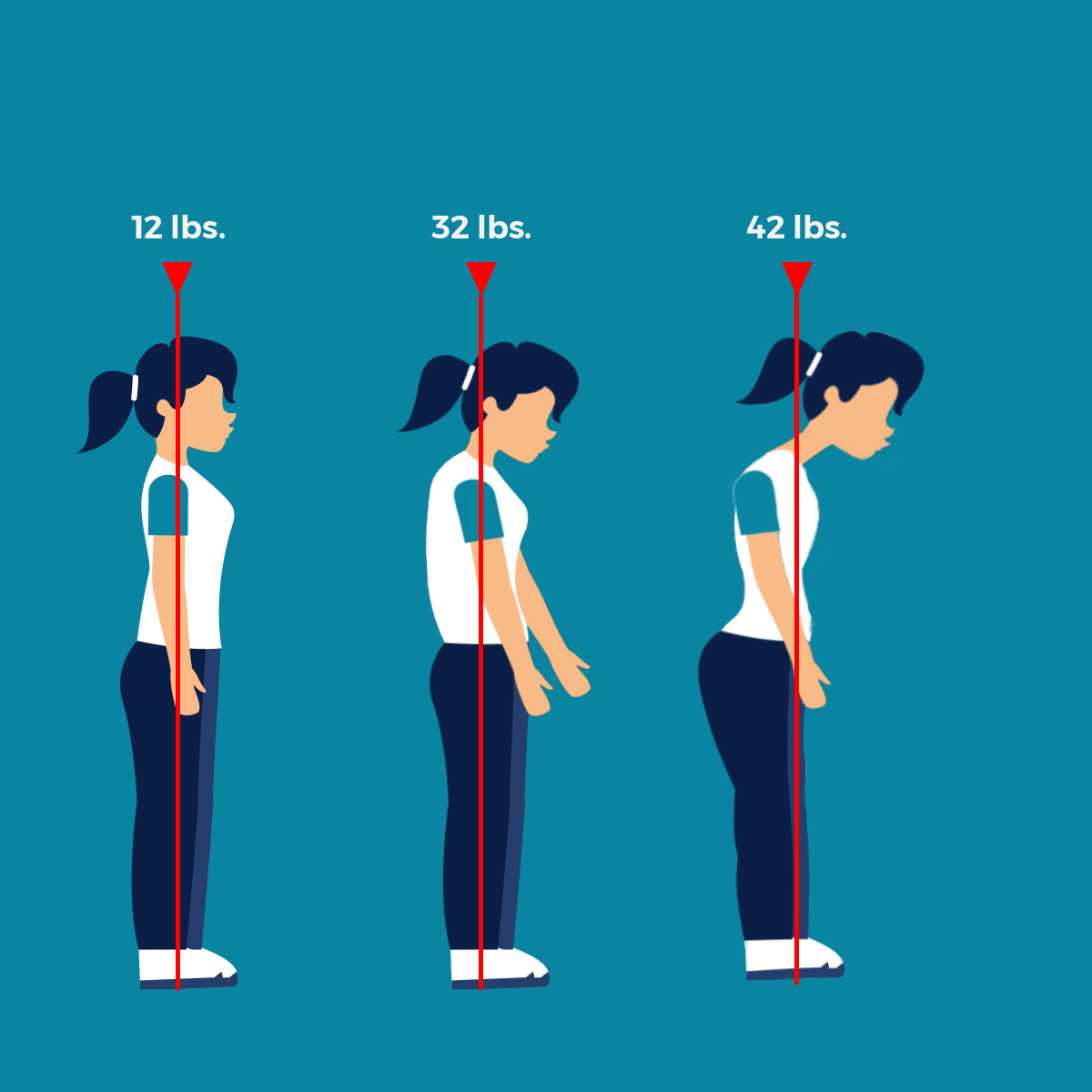
It’s common for patients with a 3-inch forward head posture to carry an extra 42-pound burden from their head weight alone.
This intense pressure makes the muscles in the neck work extra hard to fight against the force of gravity.” FHP can decrease lung capacity by 30%. It can also disrupt the gastrointestinal system, leading to constipation. Additionally, FHP can contribute to headaches, arthritis, pinched nerves, and accelerated spinal degeneration with prolonged effects.
Dr. Cailliet emphasized that the head position precedes all other postural faults. Leaning your Head too far forward might put as much as thirty pounds of excess weight on the neck area. This added pressure can lead to misalignment in your spine.
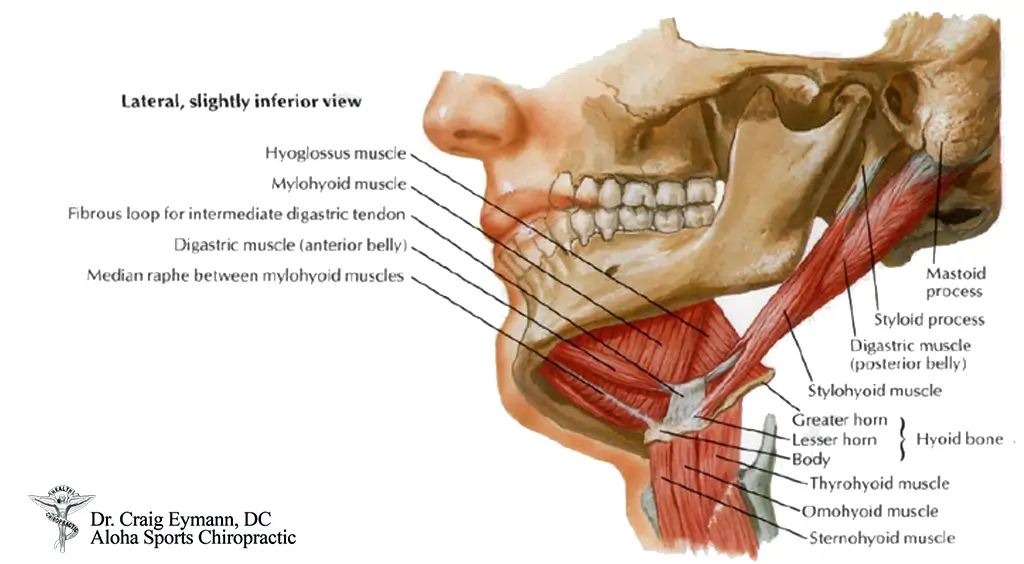
When the standard curve in the neck is lost, the hyoid muscles cannot correctly lift the first rib during breathing. This lifting action is necessary for full lung expansion.
Adverse Neural Tension
Dr. Alf Breig, a neurosurgeon, coined the term “Adverse Neural Tension.” This term explains how losing the cervical curve can lead to dysfunction and disease. Through cadaver studies, he demonstrated that neck flexion can stretch the spinal cord by 5-7 cm (2).
Losing the cervical curve can lead to postural distortion. It can increase tension on the protective membranes of the brain and spinal cord, affecting the brainstem nuclei and nerve bundles. Long-term distortion can affect essential metabolic functions like breathing, while prolonged neural tension can cause cervical radiculopathies.
Janda's Syndromes
Janda’s Upper Cross Syndrome (UCS) occurs when the Head sticks out, the shoulders hunch forward, and the arms rotate inward. The “computer-ready position” is commonly caused by tight pectoral muscles and weak mid and lower trapezius muscles.
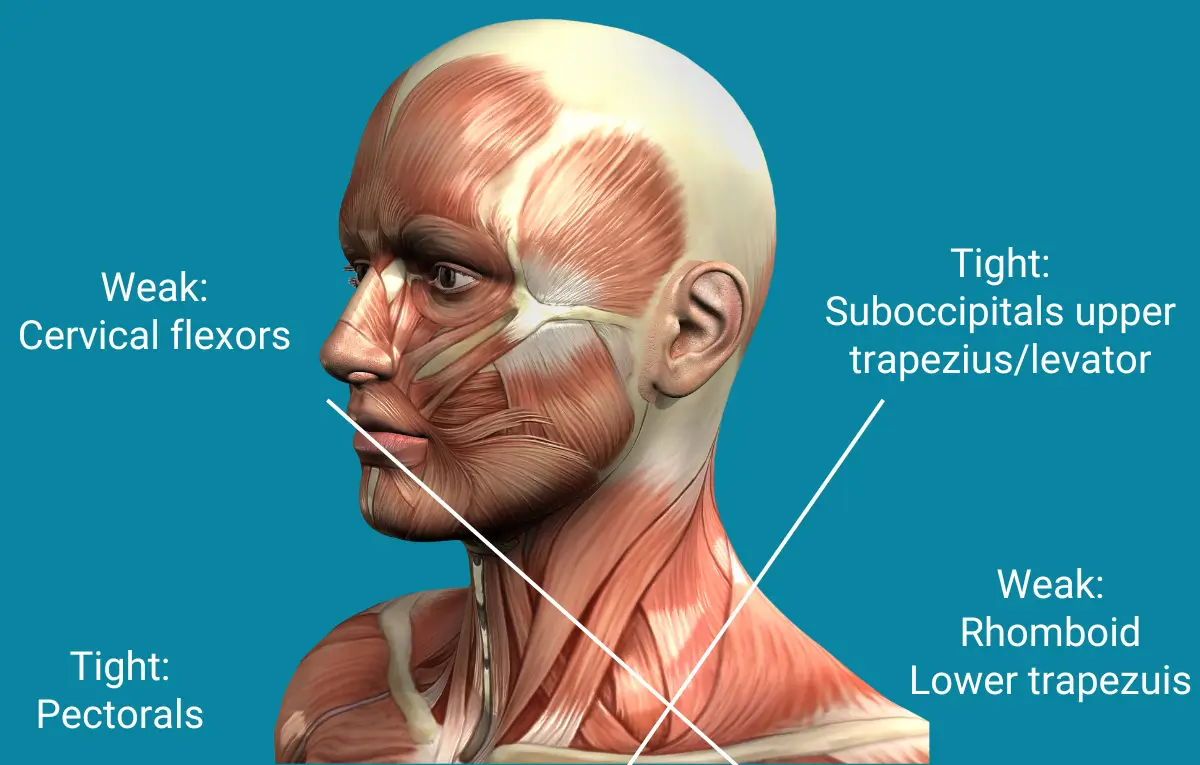
Lower Cross Syndrome (LCS) is when weak abs and glutes cause lower back muscles to tighten and hip flexors to shorten.
Layered Syndrome combines Upper Crossed Syndrome (UCS) and Lower Crossed Syndrome (LCS). It leads to alternating patterns of tightness and weakness in muscles. Long-standing imbalances cause these patterns. These imbalances can lead to dysfunction and abnormal movement patterns, potentially causing pain and joint degeneration over time.
Research on Upper Cross Syndrome
Matthias Treff is a Master’s student in Engineering at Virginia Polytechnic. He studied upper back and neck muscle imbalances related to Upper Cross Syndrome.
The study compared 17 people with UCS to 17 healthy people. It found that those with UCS had less neck movement when bending and rotating than the healthy group.
Furthermore, the UCS patients demonstrated considerable impairment in isometric neck flexion and extension and isometric weakness in shoulder external rotation and abduction. In addition, the UCS patients had considerably poorer strength ratios for shoulder internal/external rotation and abduction/adduction.
Long-term Side Effects of Poor Posture
Poor posture can have severe long-term consequences beyond just an awkward appearance. Studies have found that bad posture can cause long-lasting pain, such as back pain, headaches, and stress-related illnesses.
Poor posture can lead to several problems, including discomfort, muscle aches, headaches, and tension. In the long term, it can also cause complications such as osteoarthritis and accelerated aging of intervertebral joints.
Dr. Roger Sperry, a Nobel Prize winner in neuroscience, claims that 90% of the brain’s energy production is related to gravity. In comparison, only 10% is dedicated to thinking, metabolism, and healing. Forward Head Posture (FHP) can cause the brain to focus on fixing posture and gravity issues instead of essential functions. It can lead to muscle spasms, herniated discs, arthritis, and pinched nerves.
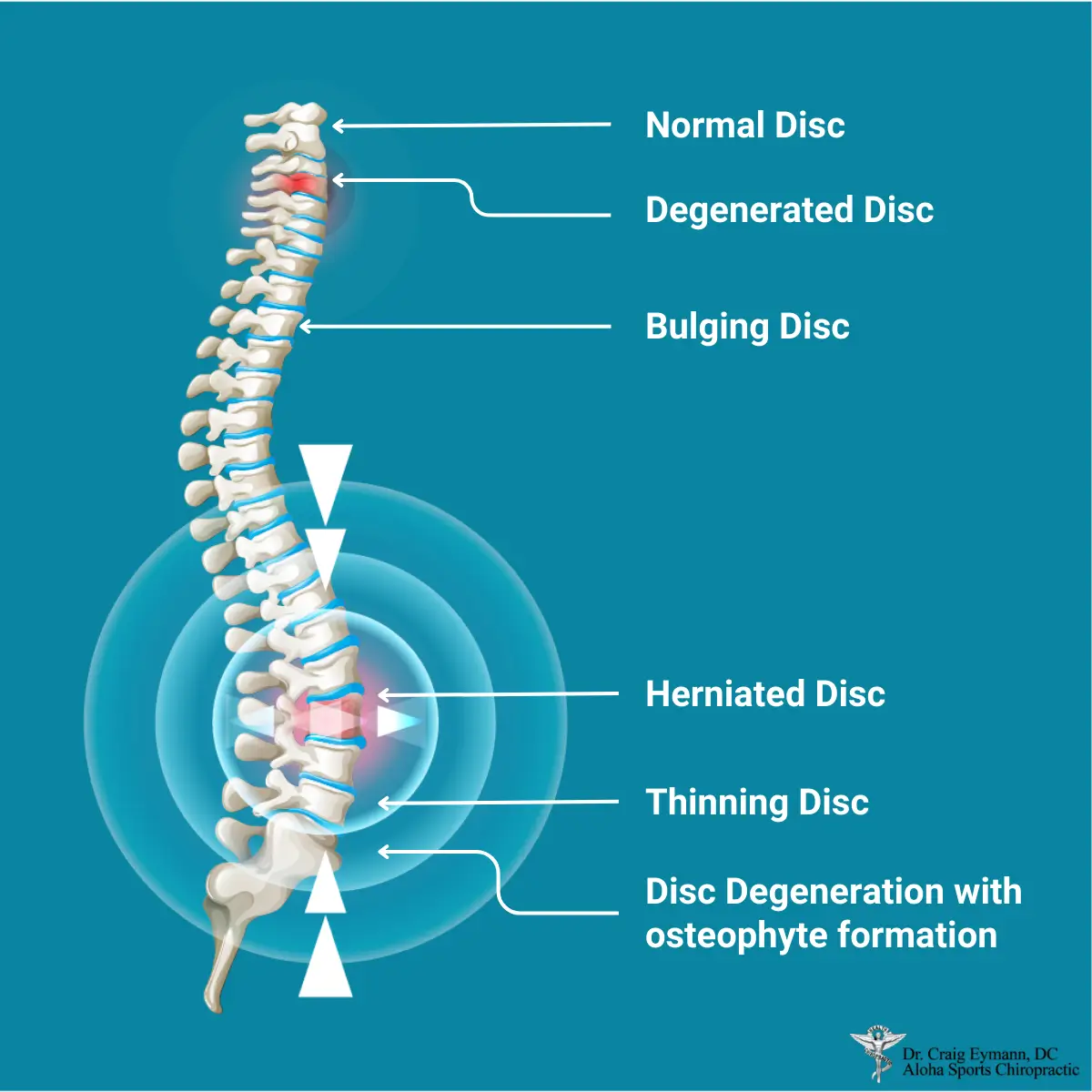
Correcting Upper Crossed Syndrome
Many of my patients with Forward Head postures also have upper crossed Syndrome.
Their upper trapezius, levator scapulae, suboccipital, SCM, and pectoralis major muscles are tight. At the same time, their deep neck flexors, lower trapezius, and rhomboids are weak. It activates and strengthens the weak cervical erector muscles, which is crucial to correcting this imbalance pattern.
Research has verified significant decreases in neck range of motion, isometric neck muscle weakness, and shoulder muscle weakness in upper crossed syndrome patients compared to healthy subjects (3). I work on restoring muscle balance and alignment in the neck and shoulders. It entails relaxing contracted pectorals and upper trapezius muscles. I also focus on strengthening the deep neck flexors and lower traps.
My correction strategies typically involve:
- Improving body awareness through posture exercises, frequent postural checks, ergonomic adjustments, and developing new posture habits.
- Stretching tight muscles like the chest, upper back, neck, and hips.
- Through therapeutic exercise, weak muscles like the deep neck flexors, lower trapezius, rhomboids, cervical erectors, abdominals, transversus abdominis, and glutes are strengthened.
- I use hands-on techniques like chiropractic adjustments, massage therapy, and muscle activation. These techniques help move stiff joints, release tight muscles, and improve muscle function.
Correcting Layered Syndrome and Faulty Movement Patterns
I often see the “layered syndrome” described by Janda in cases that have been ongoing for a while. This Syndrome involves patterns of tightness and weakness that alternate, indicating muscle imbalances in the body. These imbalances can be observed throughout the entire body. The kinetic chain concept illustrates how no body part works in isolation – imbalances in one area inevitably spread throughout the musculoskeletal system in predictable ways over time.
When pain, joint stiffness, or muscle imbalances change how we move, our body creates new ways to compensate. These new patterns become ingrained in our nervous system.”
Poor posture and movement can disrupt muscle firing patterns, causing a delay in activating key muscles. This delay impairs the body’s capacity to function effectively and effectively.
Maintaining good posture and proper movement is essential to prevent these disruptions. Recruiting synergistic muscles to do the job of the inhibited prime movers creates faulty, inefficient movement compensations.
How can poor posture be corrected? Start by moving joints that aren’t functioning correctly to fix muscle balance. This will help correct nerve pathways, which is crucial for restoring muscle balance. Soft tissue work can help muscles function better after joints move typically and muscle tension is reduced.
Fixing your neck posture is essential. It can help prevent and possibly reverse damage, degeneration, and symptoms caused by this common postural issue. However, it takes a concerted effort to retrain the neuromuscular system from its dysfunctional patterns.
The Closing Remarks
Bad posture goes beyond appearance or mental health – it can seriously affect overall health and well-being. As movement expert Moshe Feldenkrais said, “If you know what you’re doing, you can do what you want.
Many of my patients have developed poor posture and compensatory movements without realizing it. These habits have become deeply ingrained in their neuromuscular system. We must make that unconscious process conscious again through awareness, release work, and mindful therapeutic exercise.
When continued compression and adverse loading expose spinal tissues, they deform and undergo permanent transformations. Correcting posture alignment is critical to preventing and reversing degenerative joint disease, chronic pain, headaches, rib dysfunction, TMJ, and other ubiquitous musculoskeletal conditions.
REFERENCE
- Physio Falmouth Plus. (2024, April 8). The 42 Pound Head. Retrieved from https://physiofalmouthplus.co.uk/42-pound-head/#:~:text=For%20every%20inch%20you%20move,in%20the%20region%20of%2040lbs.
- Dalton, E. (2010, May 24). The 42-pound Head. *Massage Today*. Retrieved from https://www.massagetoday.com/articles/14228/The-42-Pound-Head
- Medical News Today. (2024, April 12). Upper crossed Syndrome: Causes, symptoms, and exercises. https://www.medicalnewstoday.com/articles/318897

Meet Dr. Craig Eymann, a dedicated chiropractor and yoga enthusiast with over two decades of expertise in spinal health, sports chiropractic, and personalized care, prioritizing misalignment correction for swift injury resolution.

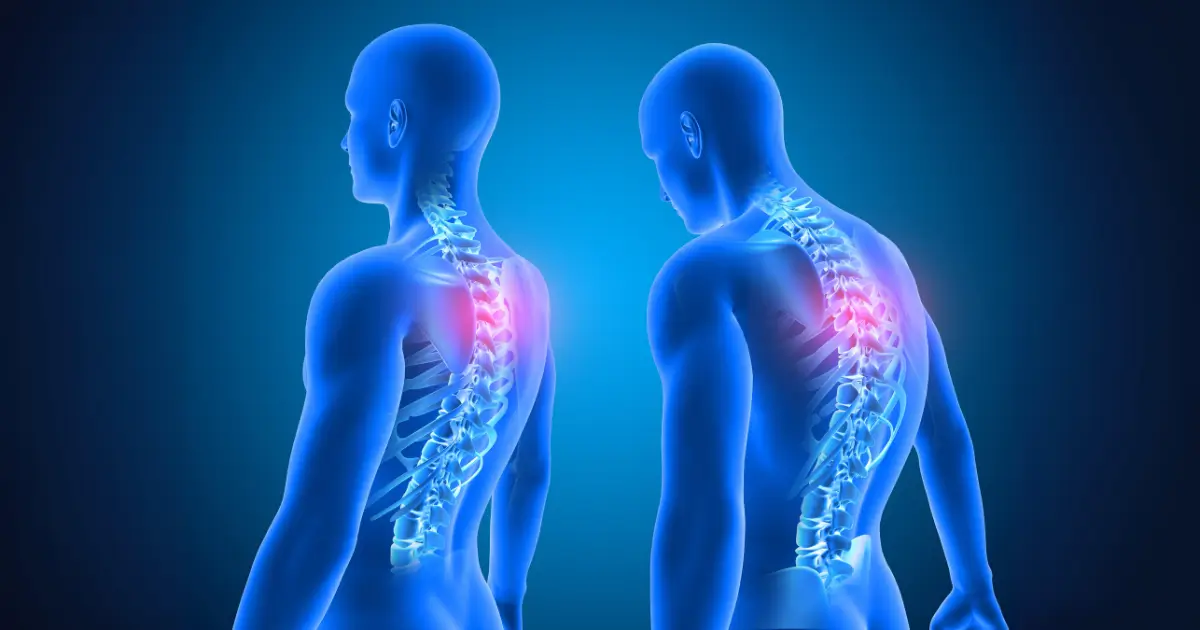
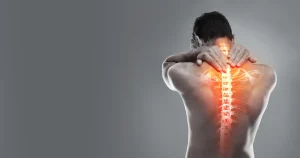

Leave A Comment